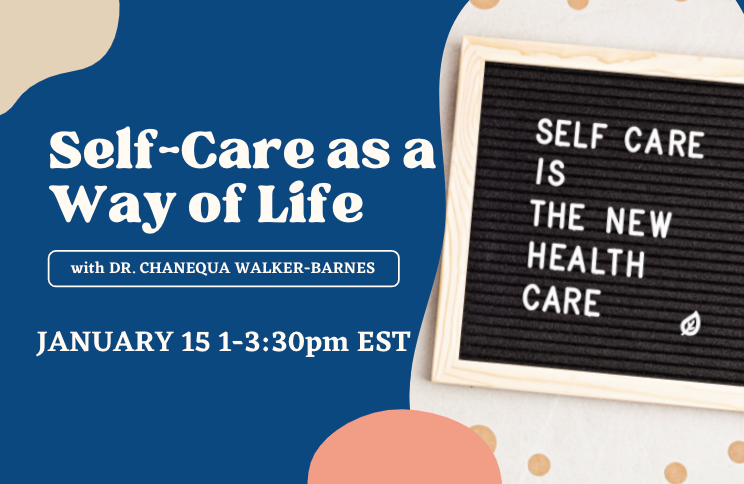
I don’t really do New Year’s resolutions. Like a lot of people, I spend the last few days of December and first few days of January reflecting about what has happened in the past year and what I want to happen in the upcoming year. I review the goals that I set for myself at the beginning of the academic year, and make adjustments. But I don’t really do resolutions in the traditional sense. In 2020, I did a vision board for the first time. You know how that turned out. Thanks, COVID-19.
This year I’m eschewing both resolutions and vision boards. Instead, I’ll stick to the same commitment that I’ve made to myself for the past five years: strengthening my commitment to my self-care rule of life.
Since 2015, I’ve been using a rule of life as the structure for my self-care disciplines. I’ve been teaching students in my spiritual formation classes to do the same. In 2022, I’m inviting my readers, friends, and colleagues to join me. On Saturday, January 15, I’ll be hosting a 2.5 hour virtual workshop, Self-Care as a Way of Life. In it, I’ll teach participants what self-care is about (hint: it’s not spa days) and how we can use it to enhance our health and well-being. Then I’ll walk you through the steps to develop your own self-care rule of life.
So if you’re ready to level up your self-care for 2022, come join me. The cost is $35. Space is limited, so reserve your spot now. And be sure to share with friends who might be interested.


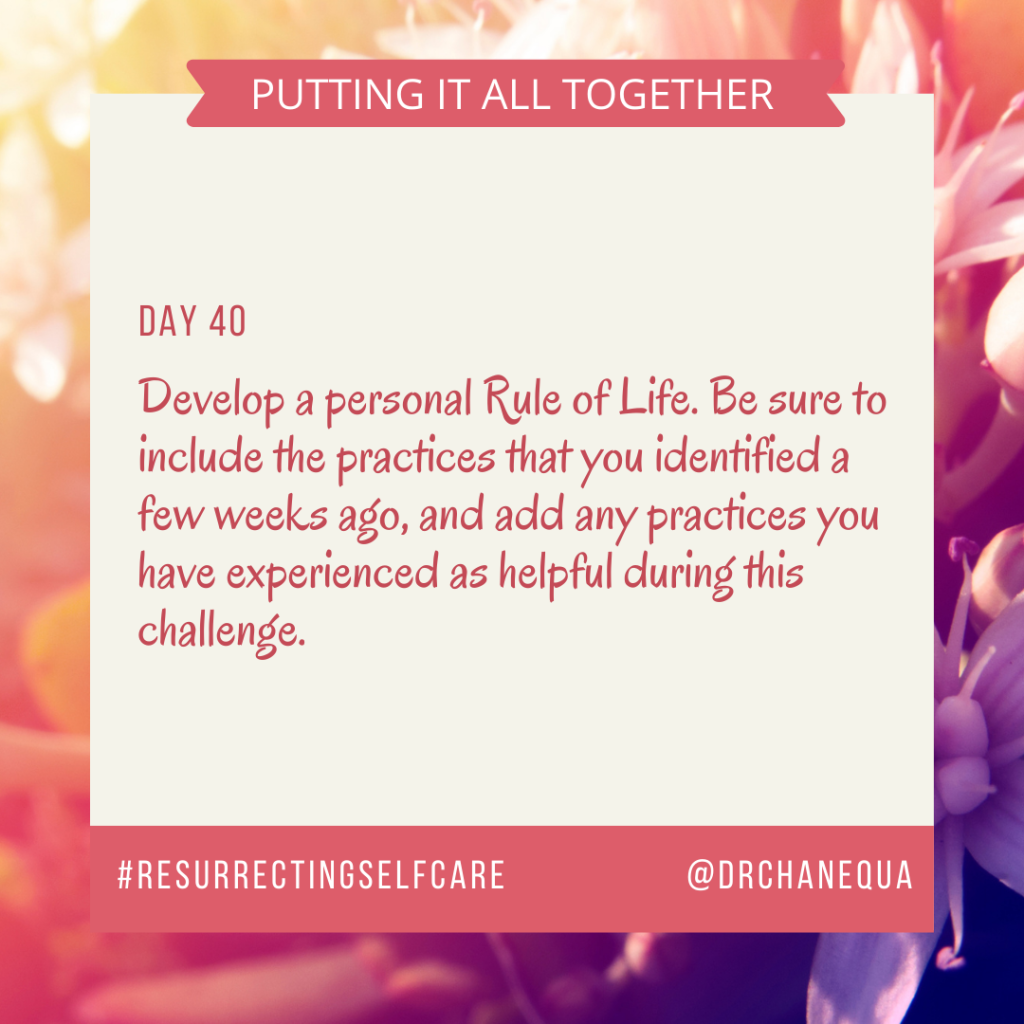





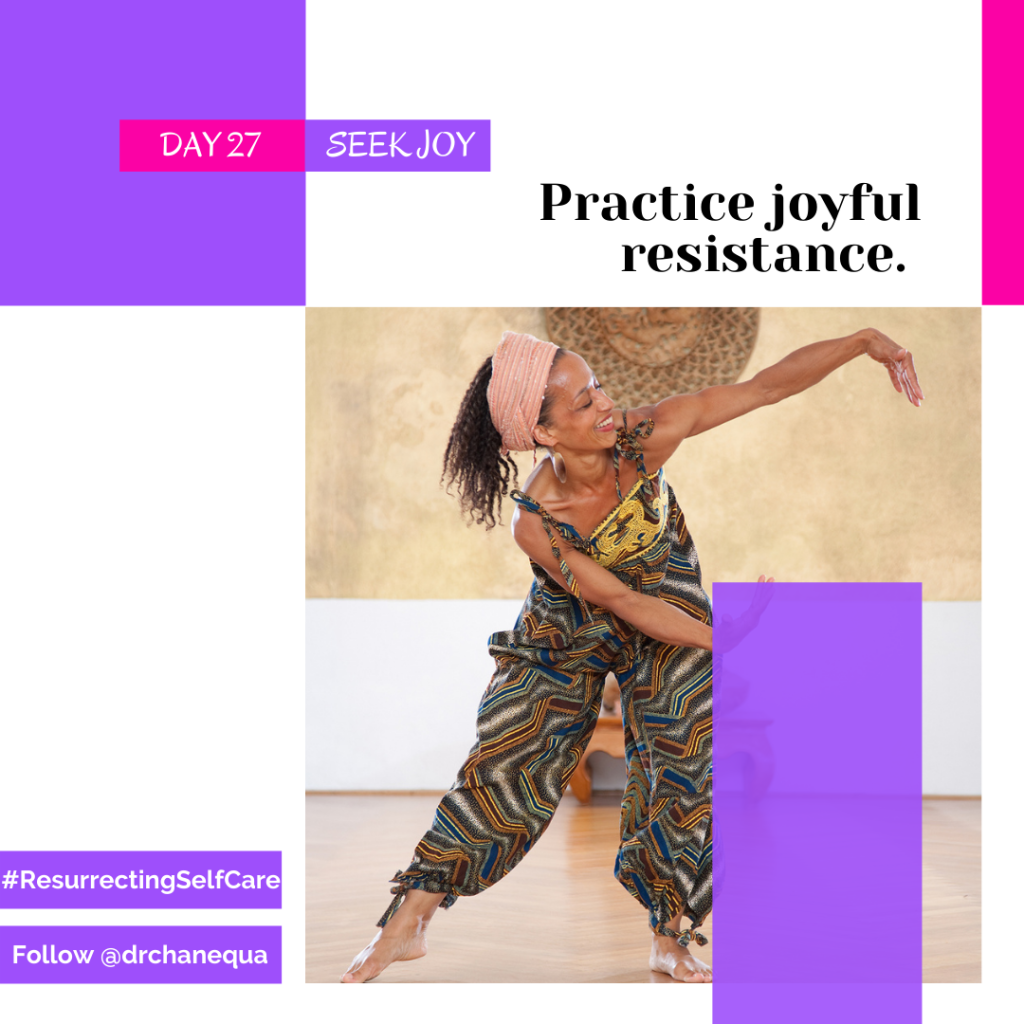

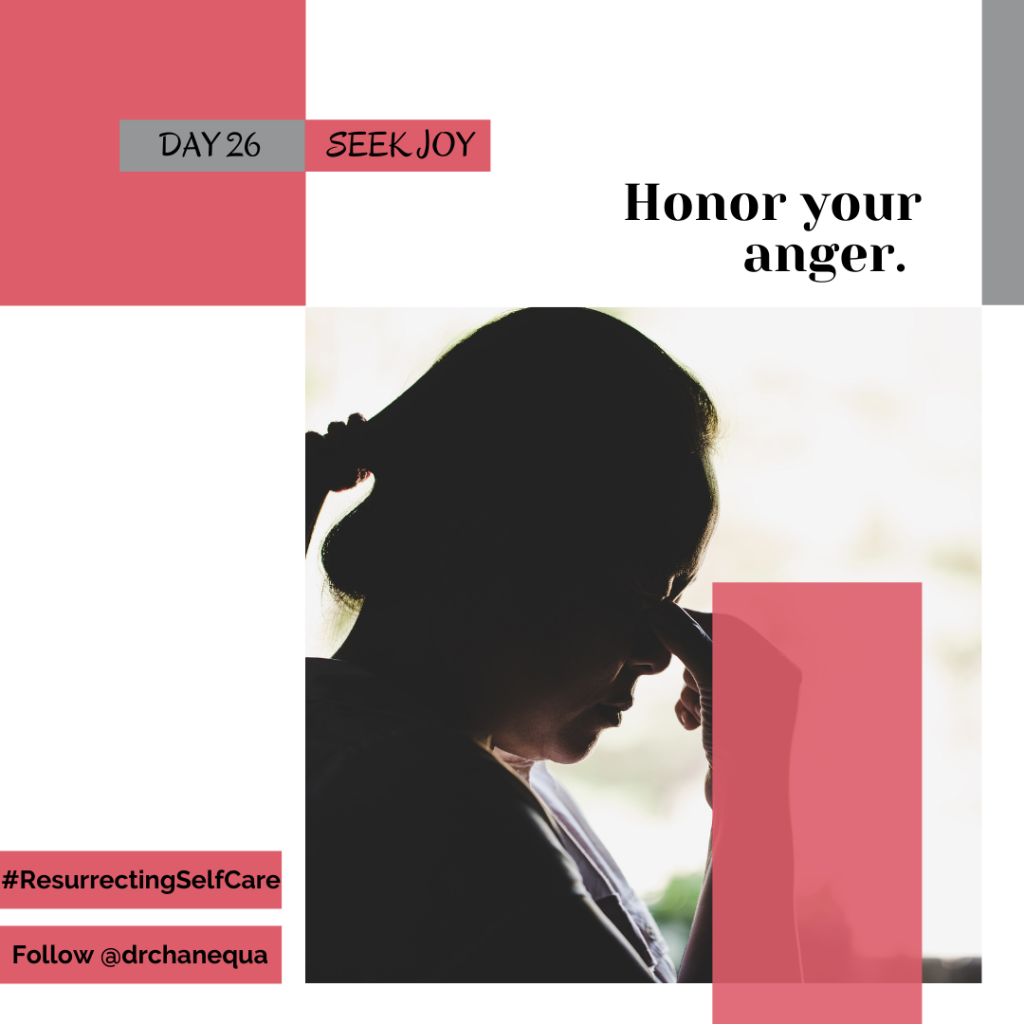

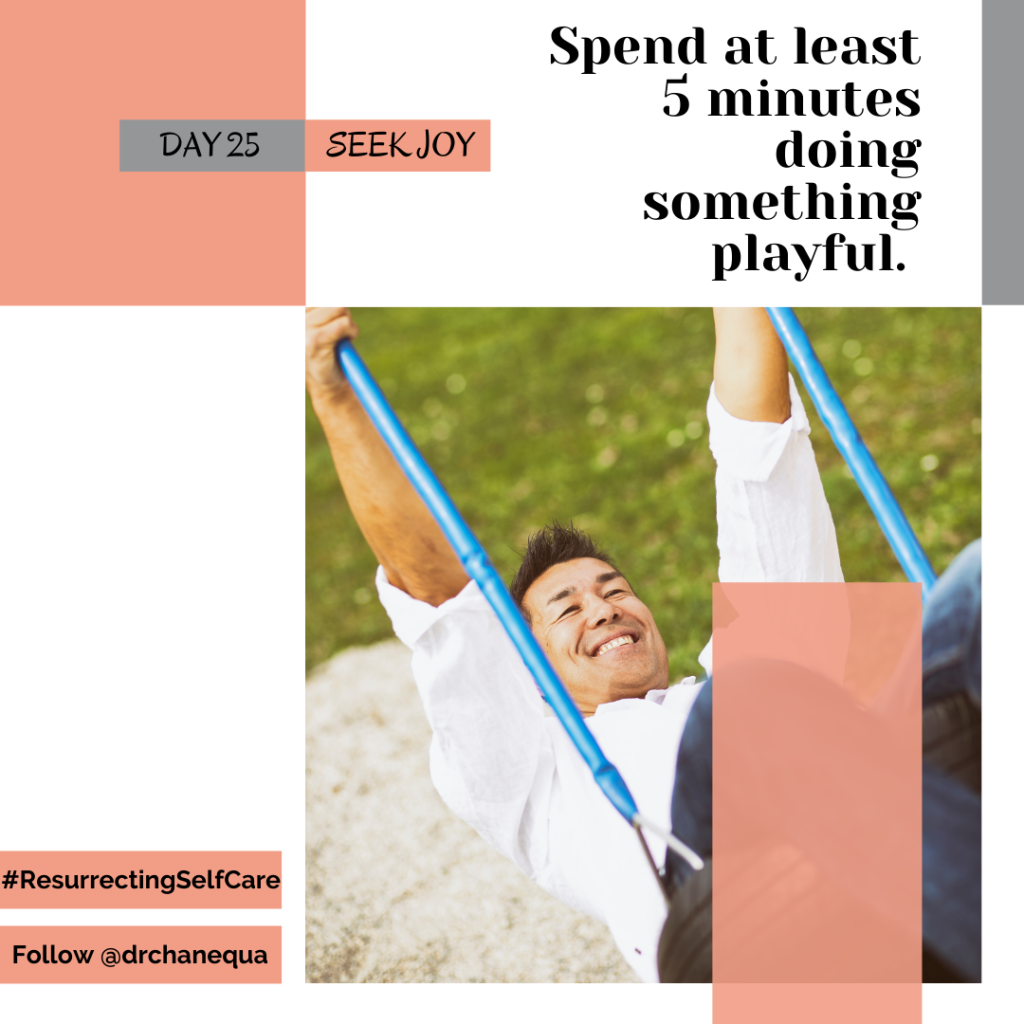



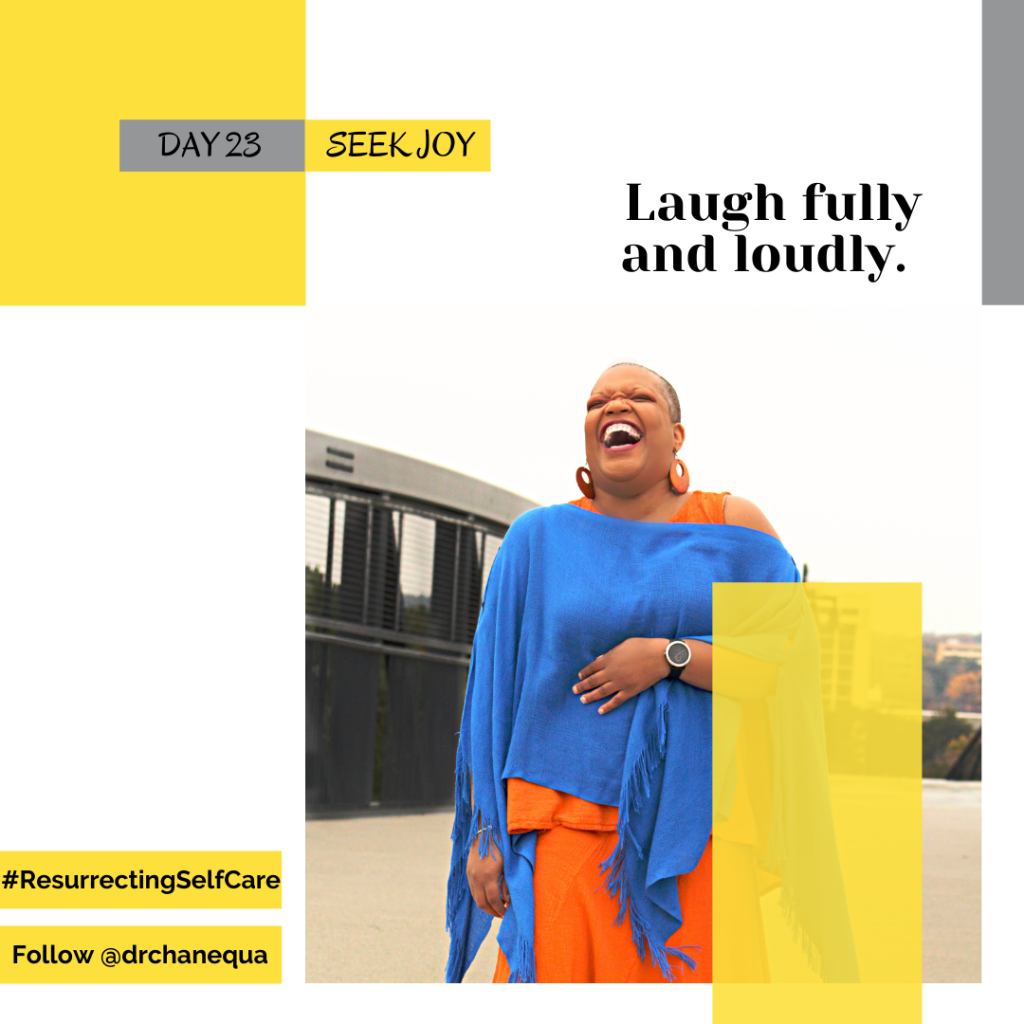


You must be logged in to post a comment.